Enter a surname, town name or other keyword to search the database. Remember to
allow for the different spellings of 'Mc' and 'Mac.' Good luck!
{Search tips: Use single word search terms for more results}
You must enter some valid character(s) into the search field
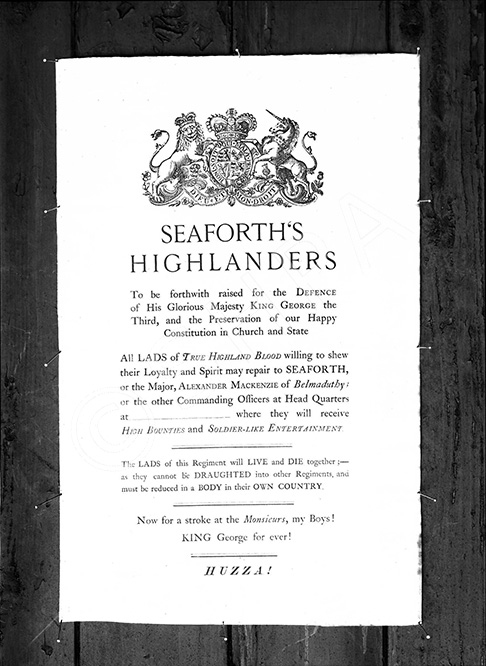
Reference: 237
Seaforth’s recruiting poster a...
|
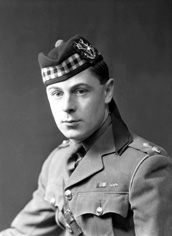
Reference: 40443c
Lt Philip Mitford, Seaforth Hi...
|
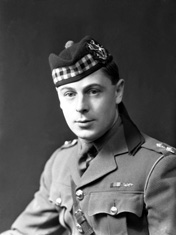
Reference: 40443b
Lt Philip Mitford, Seaforth Hi...
|
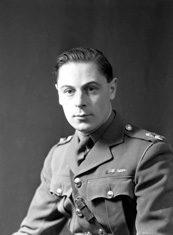
Reference: 40443a
Lt Philip Mitford, Seaforth Hi...
|
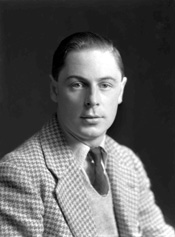
Reference: 40433
Lt Philip Mitford, Seaforth Hi...
|
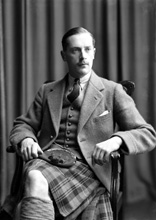
Reference: 32057e
Mr Argyll Robertson, The Depot...
|
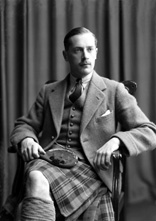
Reference: 32057d
Mr Argyll Robertson, The Depot...
|
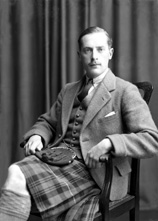
Reference: 32057c
Mr Argyll Robertson, The Depot...
|
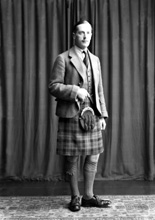
Reference: 32057b
Mr Argyll Robertson, The Depot...
|
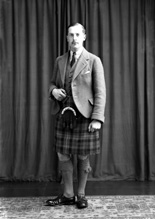
Reference: 32057a
Mr Argyll Robertson, The Depot...
|
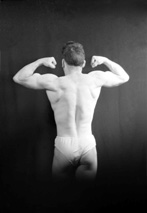
Reference: 36213.5b
Mr Urquhart. ...
|
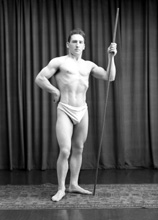
Reference: 36213.5a
Mr Urquhart. ...
|